Anti-tank ball. Forgotten Pentagon Sports Experiment
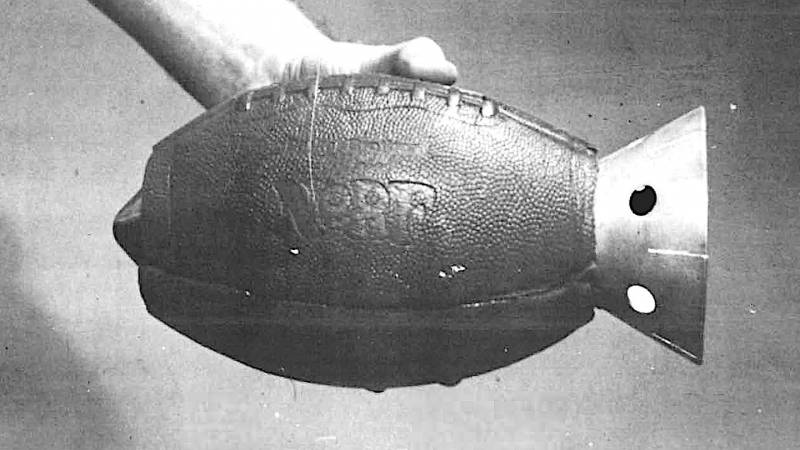
Anti-tank cumulative ball-shaped grenade for American football. The authors tried to make the projectile stabilize in flight with the help of improvised plumage. Source: thedrive.com
Sports equipment
From all sports equipment to fight tanks can only projectiles. Throwing away the spear and hammer, engineers at the Army Ground Weapons Laboratory at the Aberdeen Proving Ground settled on an American football ball. It happened in 1973, but it remained a real army exotic. Now the anti-tank ball can surprise connoisseurs of military stories.
If you cannot make a revolution in military technology, then you have to go along an evolutionary path, improving the already tested solutions. For this, quite often not trivial ideas are involved. In the 70s of the last century, the United States military realized that there were no melee weapons in the arsenal with enemy tanks. This was especially alarming in the case of a hypothetical conflict with the Soviet Union in the urban areas of Western Europe.
An ordinary American soldier, in addition to a dimensional grenade launcher, had nothing to hit a Soviet tank - the main enemy of the NATO ground forces. The grenade launcher was also not a panacea for the tank threat. Each shot was noisy and smoky, that is, it unmasked the user on the battlefield. In addition, the rocket-propelled anti-tank grenade still had a dead zone of destruction, and this seriously limited its use in urban conditions. That is why the idea was born to create a compact anti-tank grenade that can be worn on a belt by every infantryman. Throwing it is quite possible imperceptibly and almost point-blank - the main thing is to hide from the shock wave in time. But the very concept of a cumulative grenade for individual use is quite complicated to implement. Firstly, it is required to supply it with a sufficiently large mass of explosives, otherwise it will not be possible to penetrate the upper sheets of tank armor, not to mention the frontal and side armor. For example, Soviet engineers in 1950 had to put a pound of TNT into the RKG-3 anti-tank grenade. An attack on a nearby tank with such a hellish machine threatened at least a concussion, and quite possibly even more serious consequences. And this, let us clarify, in 1950, when the armor of tanks was somewhat weaker and thinner than in the 70s. The second problem of the developers was the orientation of the grenade in flight relative to the armor being hit. You cannot throw a cumulative grenade as a fragmentation or high-explosive grenade - here it is required to place a metal-faced cone as perpendicular to the armor plate as possible. In the mentioned RKG-3, a parachute was used for this purpose, which opens in the last phase of the grenade flight. This, by the way, somewhat increased the time of the grenade's approach to the target and increased the fighter's chances to take cover. According to American military analysts, Soviet RKG-3s were used by Iraqi guerrillas against lightly armored vehicles of the coalition forces. The grenade was expectedly effective against the famous HMMWV and heavy MRAPs. Still, 500 grams of TNT in the cumulative performance is serious weapon in the hands of the rebel.
Taking into account all the problems identified, the engineers at the Aberdeen Proving Ground proposed in 1973 to use the form factor of the American football ball for the grenade. Prior to this, ordinary US infantrymen did not use anything, trying to destroy tanks: bundles of TNT sticks, Molotov cocktails and other simple weapons were used.
Typically American weapons
Developed by the army's ground weapons laboratory, a grenade made from a soccer ball could rightfully be called the national American weapon. The engineers rightly believed that almost every infantryman knew how to handle such a sports equipment. In the course of work on the first prototype, it was possible to maintain the characteristic shape of an elongated spheroid and even a leather shell. An important requirement was the preservation of the original mass of the sports projectile - in the anti-tank version, it weighed only about 400 grams. It is not known whether this would have been enough to successfully defeat the Soviet T-62 and T-64, but, obviously, the calculation was for such a ball to hit the roof. According to the authors, the average soldier should have thrown such a ball at least 35 meters. At the same time, he must orient it with a toe with a contact fuse perpendicular to the armor. In theory, of course, all this was tempting and beautiful, but the very first tests showed the unsuitability of the direct transfer of the rules of sports games on the battlefield. The center of gravity of the ball was seriously displaced due to the design features of the cumulative projectile - somewhere a place was required for a hollow cone, and somewhere for an array of explosives. The skills of yesterday's players did not allow to accurately throw the ball at the target, especially if it was a moving tank. The second reason for the refusal was the difficulty in stabilizing the ball in flight. Prototypes did not want to orient themselves with the required side to the armor, they often simply bounced or exploded, without even causing visible damage to the armor. It was possible to more or less effectively hit a tank with such a projectile from 10 meters, which sharply reduced the fighter's chances of survival. As a result, the football grenade was abandoned, spending a minimum of $ 12 from the military budget.
Pomegranate exotic
The Americans, abandoning a ball-shaped grenade, switched to throwing anti-tank shells from under-barrel and 40-mm automatic grenade launchers. This turned out to be both more effective and relatively invisible to the enemy. But history knows many examples of more successful use of non-trivial ideas in "grenade building". Even during the Civil War in the United States, Ketchum hand grenades were used to a limited extent, created in the image and likeness of a dart. The tail unit played the role of a stabilizer and increased the accuracy and accuracy of the throws. During World War II, the British returned to a similar idea and created an anti-tank grenade No. 68 with a flat nose. To what extent this design feature made it possible to correctly orient the grenade on the armor is unknown, but the weapon was widespread. Was in the British arsenal of sticky grenade No. 74 ST. Here they decided not to bother with the cumulative jet and simply supplied the ammunition with nitroglycerin with a margin. The explosives were in a glass flask covered with a sticky cloth. When thrown, the grenade was glued to the armor until the detonator was triggered. The shell itself was fragile, sticky, and often leaked nitroglycerin. Legend has it that the grenade was called "Banny leaf".
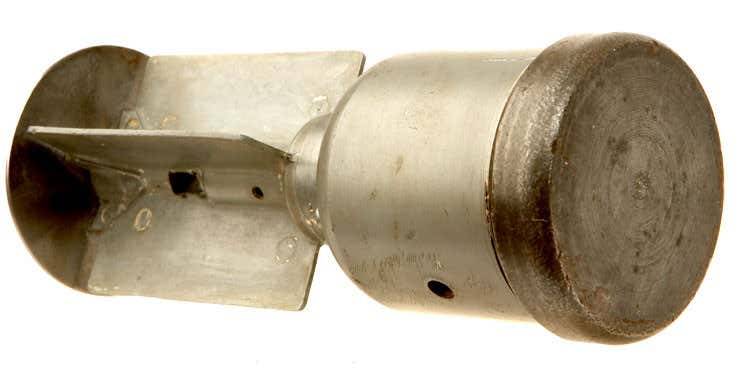
British anti-tank grenade No. 68. Source: thedrive.com
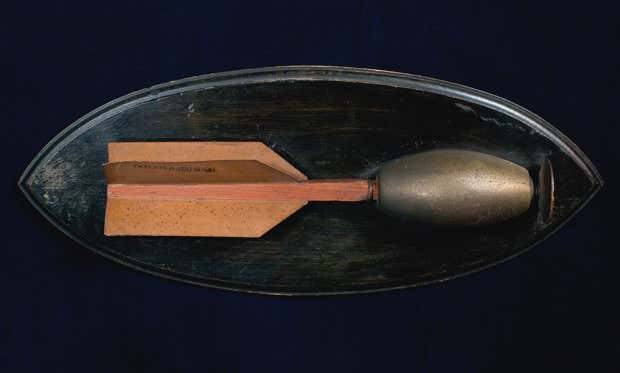
A Ketchum grenade from the American Civil War. Source: thedrive.com
The problem of flight stabilization was solved by the Japanese using the example of the Type 3 "Fox tail" anti-tank grants. From the name it is clear that soft rags were used as plumage, and sometimes just a bunch of cloth ropes. Despite the primitiveness, the Japanese successfully used such "Fox Tails" against the light armored vehicles of the Americans.
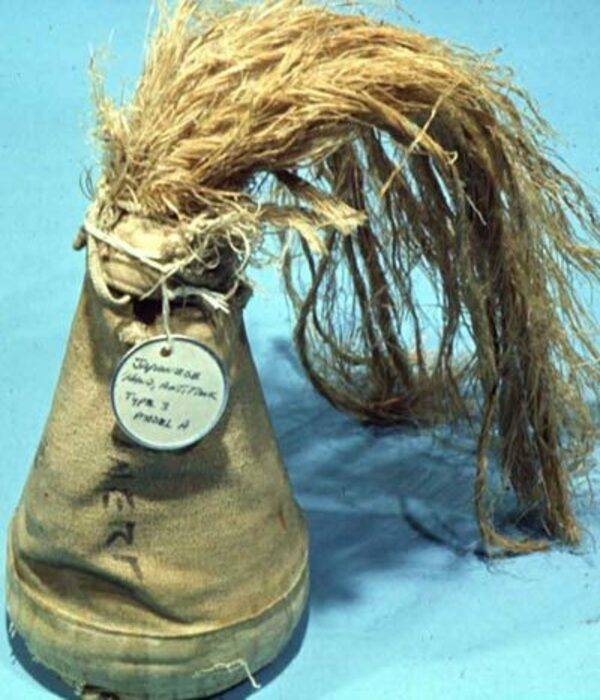
Japanese anti-tank "Fox tail". Source: novate.ru
Lack of resources forces engineers to invent weapons almost from scrap material. It often turns out quite effectively. The German Volkshandgranate 45 or rubble grenade was created at the end of the war and has proven itself very well. The shell consisted of concrete with crushed stone, which, when a surrogate mixture of nipolite exploded, created a completely effective fragmentation field. In terms of price / efficiency, this ammunition had few competitors. But such a device is difficult to deal with armored vehicles. For this purpose, the Germans invented the Blendkorper grenade or "Smoke Decanter" back in 1943. The idea was to smoke the habitable space of the armored vehicle to such an extent that even tankers who were accustomed to everything had to jump out of the hatches. Chemistry rules here. A mixture of silicon and titanium was poured into a small glass grenade vessel, which, when interacting with oxygen, smoked strongly for several seconds. Tanks of that time did not particularly care about tightness, so the effectiveness of the Blendkorper was non-zero.
As you can see, hostilities are becoming the main catalyst for the development of the most unusual weapons. And if the United States waged large-scale hostilities, then it is likely that a soccer ball grenade would find its niche. Albeit in a modified form.
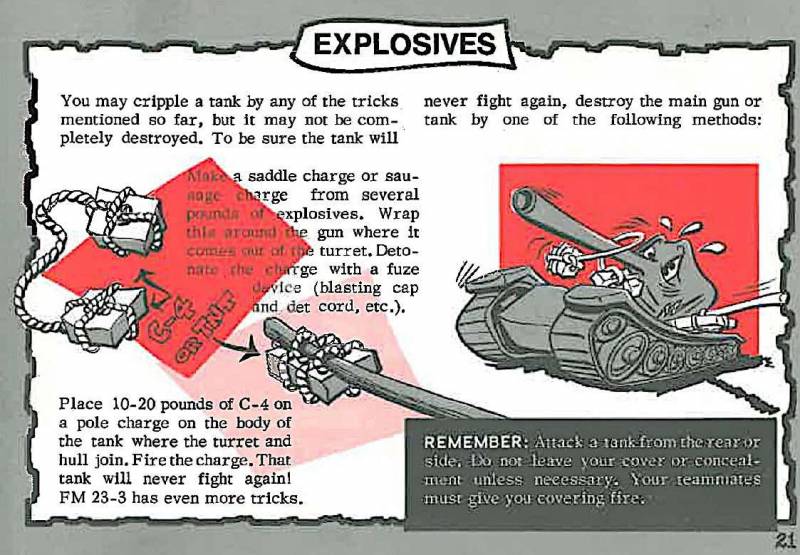
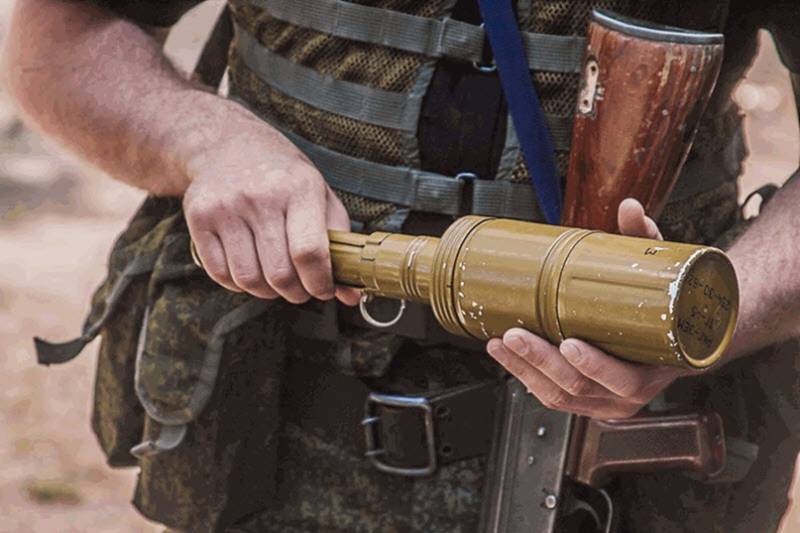
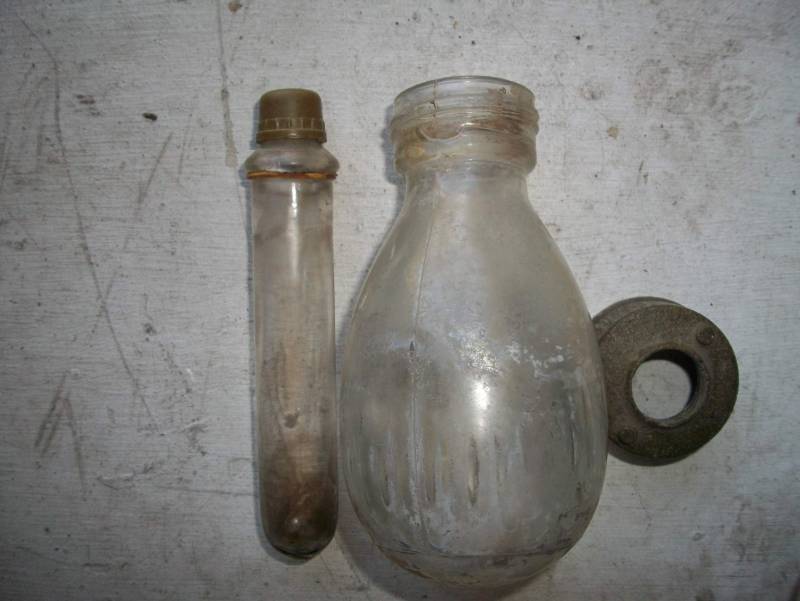
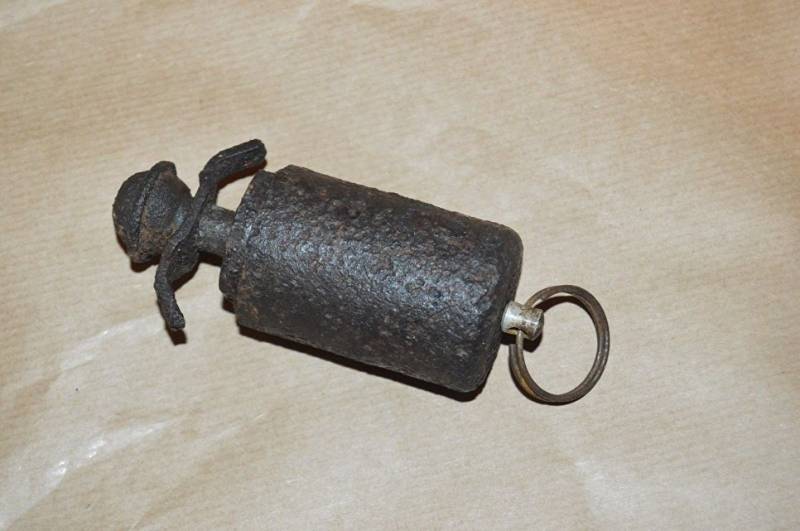
Information